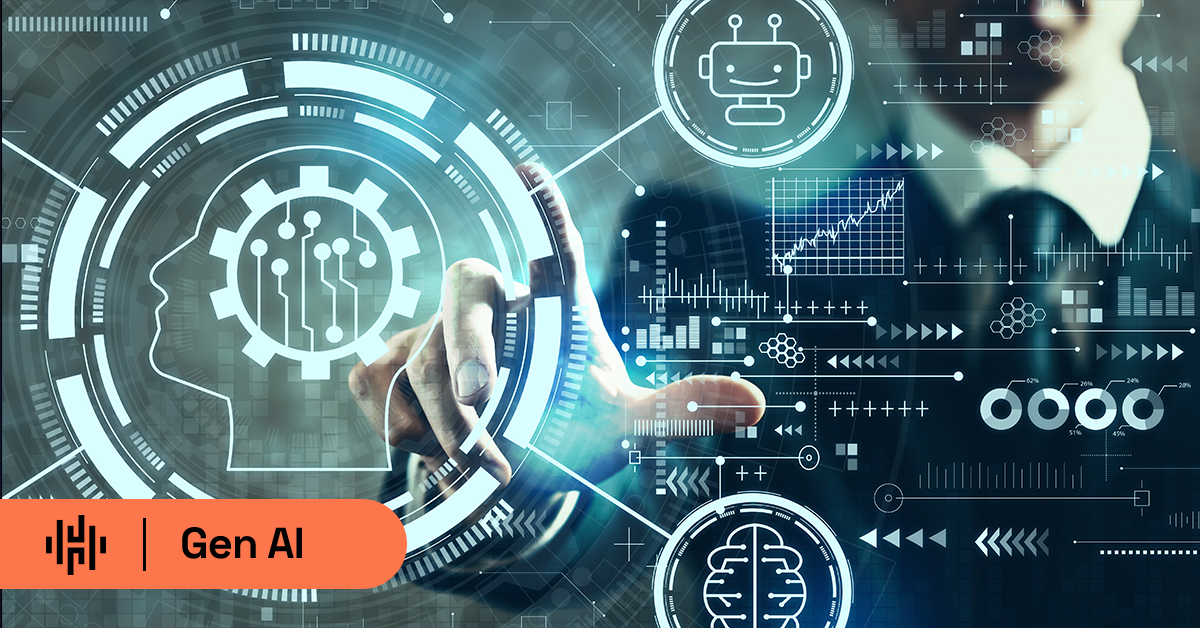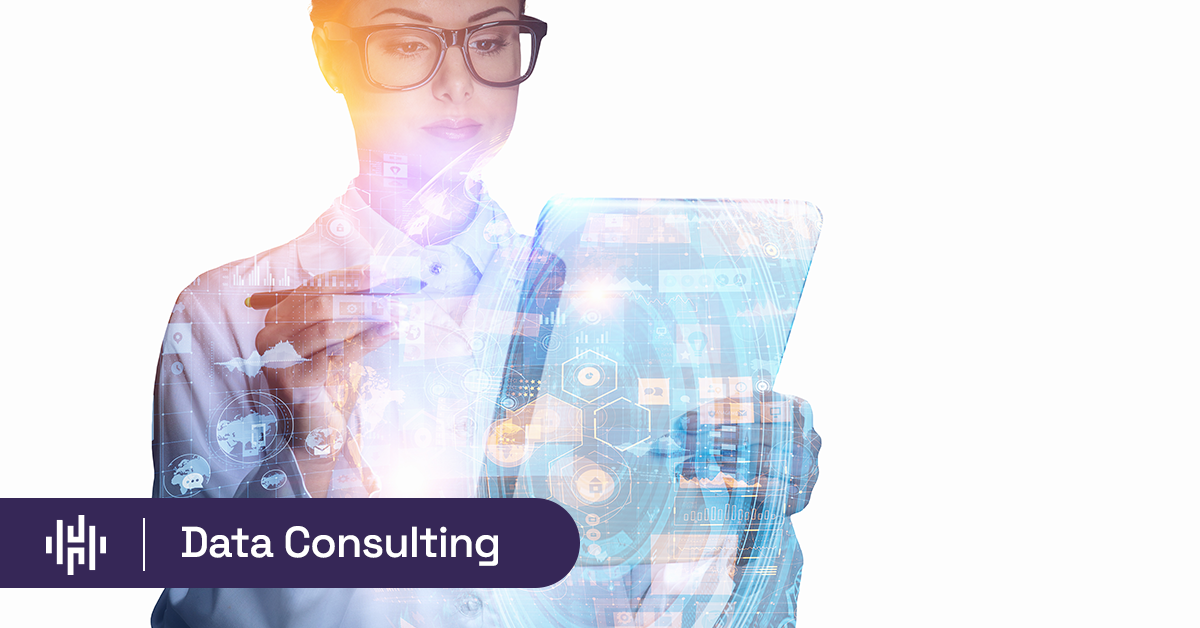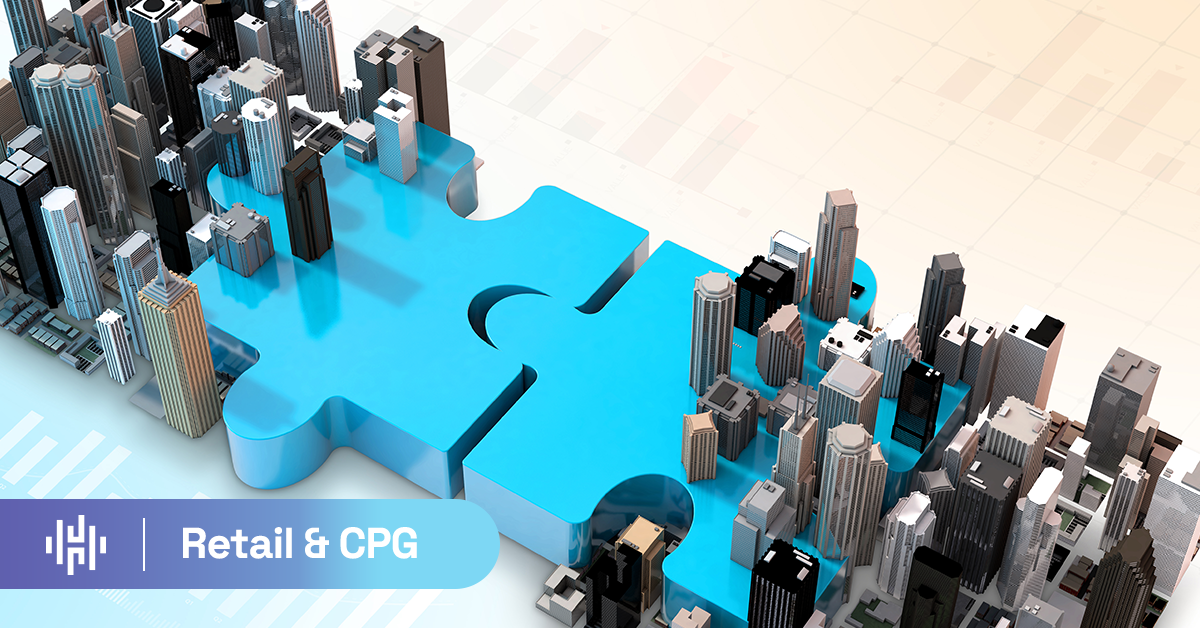Forecasting has always been at the heart of retail. From anticipating seasonal demand to planning promotions and optimizing inventory, sales forecasts shape nearly every operational and strategic decision.
Retail is, in many ways, a game of anticipation. From predicting how many sweaters to stock for the season to knowing when demand for a viral product will cool off, a business’s forecasting capabilities can make or break margins.
Yet, even for industry leaders, sales forecasts often rely on outdated methods, siloed spreadsheets, or in some cases gut feelings. These methods, in turn, leave retailers exposed to costly overstock situations, catastrophic stockouts, and missed opportunities.
At the same time, the retail game itself is changing fast. Traditional ways of forecasting are simply no longer enough to meet today’s markets, where consumer behaviors shift overnight and supply chain disruptions have grown all but constant.
Need is on the rise for a modernized approach to sales forecasting: one that is data-driven, AI-enabled, and that allows retailers to move from reactive guesswork to proactive, precise planning.

What Exactly Is Retail Sales Forecasting?
Before looking at the ways forecasting stands to be modernized, it helps to understand the challenges forecasting methods are designed to alleviate.
At its simplest, retail sales forecasting is the practice of predicting future sales based on historical data, market trends, and external factors. Forecasts inform a number of mission-critical business functions, including:
- Inventory management, ensuring the right products are available at the right time.
- Staffing and operations,aligning workforce planning with demand peaks.
- Promotions and pricing, tailoring campaigns to expected demand windows.
- Strategic planning, informing broader decisions around expansion, assortment, or supplier contracts.
Historically, forecasting relied heavily on spreadsheets, past sales records, and no small amount of raw intuition. While those methods still have a place, they struggle to reliably keep up with the volume, variety, and velocity of today’s retail data.
Why Forecasting Is More Complex Than Ever
Retailers face a perfect storm of challenges in an increasingly digital market. These challenges include:
- Shifting consumer behavior: Shopping habits have become more fragmented across online and in-store channels.
- Volatile supply chains: Global disruptions ripple quickly across distribution networks.
- Seasonality and promotions: Events like Black Friday or back-to-school shopping require precision forecasts.
- External data sources: Macroeconomic conditions, weather, and social sentiment all influence demand.
Traditional forecasting methods can’t fully capture—let alone extract actionable insights from—these overlapping and highly complex variables. Their inability to do so, meanwhile, leaves retailers vulnerable to blind spots at every step in their operations.
The New Era of Forecasting: Data + AI
The good news is that forecasting is also undergoing a transformation as the technological landscape shifts.
Forward-thinking retailers are increasingly using AI-driven forecasting solutions to generate predictions with unprecedented sensitivity and responsiveness. This emerging class of retail forecasting solutions allows businesses to be more granular, dynamic, actionable, and context aware than ever before.
To illustrate the downstream impact, imagine being able to forecast down to the SKU, store, or even individual customer level, and adjusting inventory levels or rerouting supply chains as quickly as new weather, stockout, or inflation trend data becomes available.
Instead of relying solely on historical trends, AI models continuously learn from real-time data to anticipate what’s next. This means retailers can move from reactive planning to proactive strategy.
Why Retail Leaders are Turning to Snowflake
Delivering this kind of sophisticated forecasting requires a modern data foundation. To that end, Snowflake has emerged as a leader in enabling forecasting solutions as a result of its unmatched ability to unify siloed data from across whole enterprises into a unified, cloud-native platform.
By providing a consumption-based pricing model that allows enterprises to scale as data volumes grow, and by supporting real-time pipelines so forecasts are based on the freshest data, Snowflake empowers businesses to embed AI and ML models directly into their data environments.
With Snowflake at the center, retailers can create a single source of truth for forecasting that connects historical sales data, supply chain inputs, customer behavior, and external signals—all in one place.

Modern Sales Forecasting Solutions in Action
Consider the example of a global CPG enterprise with more than $12B in annual revenue, which was struggling with delays of up to 48 hours in its demand forecasting process. Carrying forward past forecast edits and promotional elements was creating bottlenecks that slowed planning and decision-making.
Hakkoda re-architected the workflows on Snowflake in just six weeks, introducing dynamic tables, Snowpark, and optimized engineering practices. This amounted to a 26% reduction in forecast carryover time, enabling faster, more accurate forecasting and laying the groundwork for future AI-driven models.
For retailers and CPG leaders, the right data strategy can do so much more than just streamline manual processes. It can act as a powerful accelerator for growth and resilience in highly competitive markets.
Forecasting the Future of Retail
Of course, technology alone isn’t enough. Successful forecasting initiatives are only as successful as their underlying architecture, pipelines, and governance practices. It’s also imperative for internal teams to actually adopt and use these capabilities.
The retailers that will win tomorrow are those modernizing today by unifying their data, embedding AI, and partnering with experts who can accelerate time-to-value.
At Hakkoda, we’re helping leading retailers take that leap. If you’re ready to move beyond traditional forecasting and unlock a smarter, AI-powered future, let’s start the conversation today.




